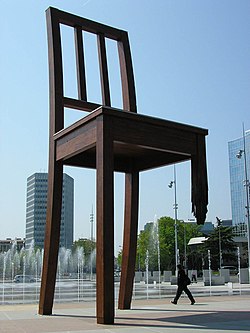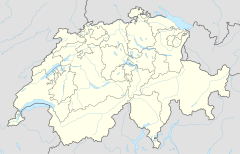__________________________________________________________________
The history of La Vieille Ville, Geneva’s Old Town, can be traced back 2,000 years. It is where you will find many of Geneva’s most interesting attractions and sites like the Barbier-Mueller Museum, the St. Pierre Cathedral, the International Museum of the Reformation, The Art and History Museum and the Tavel Mansion. It is one of the largest Old Town’s in Europe. The Old Town is built on a hill side south of the Rhone River. The area has picturesque narrow meandering cobble stone streets lined with historic grey-stone buildings which now hold boutiques, sidewalk cafes and restaurants. Antique enthusiasts will enjoy the many antique stores along the Old Town’s historic streets. The heart of the Old Town is the Place du-Bourg-de-Four which comes alive at night with trendy bars and restaurants.
Place du-Bourg-de-Four was probably built on top of the old Roman Forum and later was a medieval market place. The Palais de Justice was constructed at the square in 1707 and was used as a court of law since 1860. In the centre of the square is a decorative fountain, one of several in the Old Town.
___________________________________________________________________________________________________________________________________
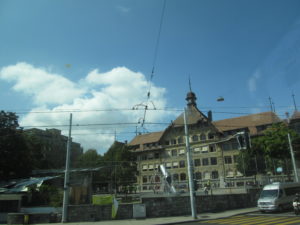

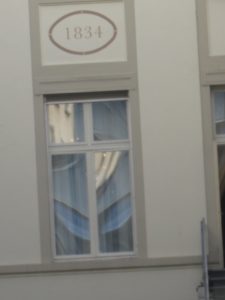
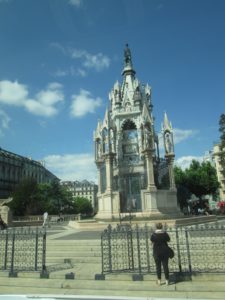
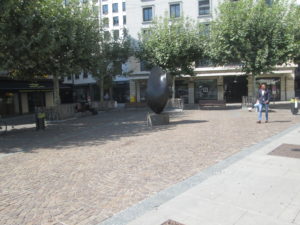
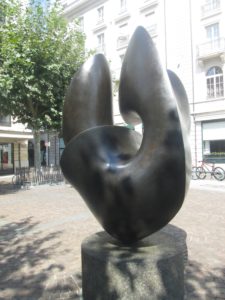
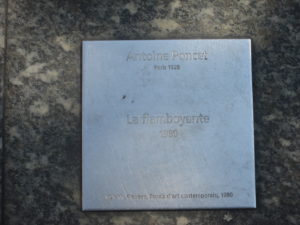
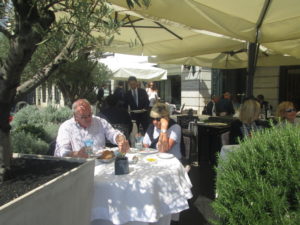
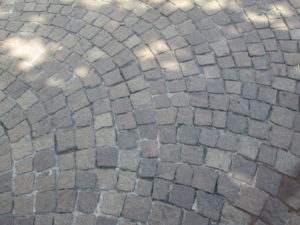
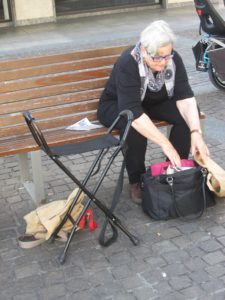
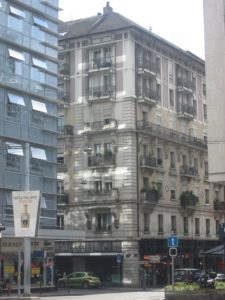
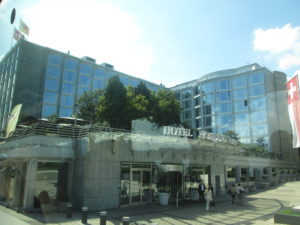
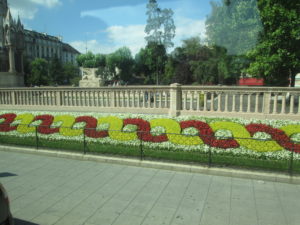
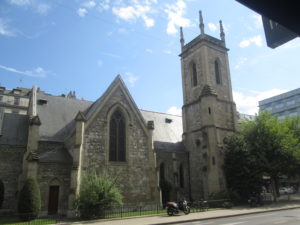
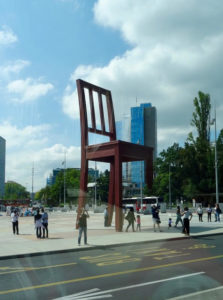
Broken Chair
Broken Chair is a monumental sculpture in wood by the Swiss artist Daniel Berset, constructed by the carpenter Louis Genève. It is constructed of 5.5 tons of wood and is 12 metres (39 feet) high.
It depicts a giant chair with a broken leg and stands across the street from the Palace of Nations, in Geneva. It symbolises opposition to land mines and cluster bombs, and acts as a reminder to politicians and others visiting Geneva.
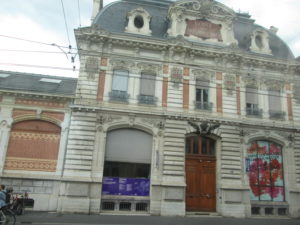
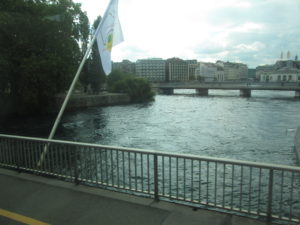
____________________________________________________________________________________________
United Nations Office at Geneva
Jump to navigation Jump to search
| United Nations Office at Geneva | |
|---|---|

The Palais des Nations, the main building of the United Nations Office at Geneva. In 2012 alone, the Palace of Nations hosted more than 10,000 intergovernmental meetings.[1]
|
|
| General information | |
| Town or city | Geneva |
| Country | Switzerland |
| Coordinates | 46°13′36″N 6°8′26″ECoordinates: 46°13′36″N 6°8′26″E |
| Construction started | 1929 |
The United Nations Office at Geneva (UNOG) is the second-largest of the four major office sites of the United Nations (second to the United Nations Headquarters in New York City). It is located in the Palais des Nations building constructed for the League of Nations between 1929 and 1938 at Geneva in Switzerland, and expanded in the early 1950s and late 1960s.
Besides United Nations administration, it also hosts the offices for a number of programmes and funds such as the United Nations Conference on Trade and Development (UNCTAD), the United Nations Office for the Coordination of Humanitarian Affairs (OCHA) and the United Nations Economic Commission for Europe (ECE).
The United Nations and its specialized agencies, programmes and funds may have other offices or functions hosted outside the Palais des Nations, normally in office spaces provided by the Swiss Government.
UN specialized agencies and other UN entities with offices in Geneva hold bi-weekly briefings at the Palais des Nations, organized by the United Nations Information Service at Geneva.
_____________________________________________________________________________________________________________
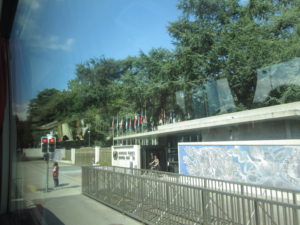
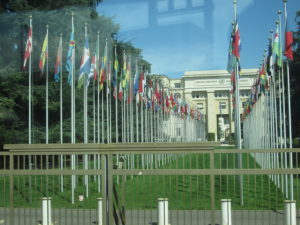
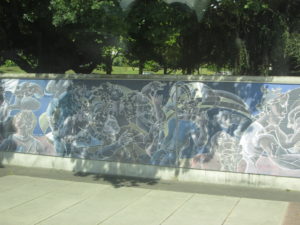

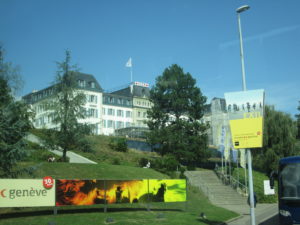

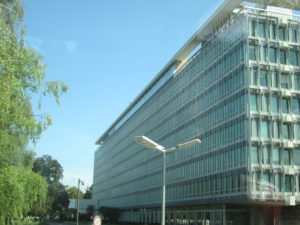
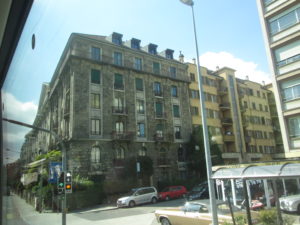
____________________________________________________________________________________________________________________________________

